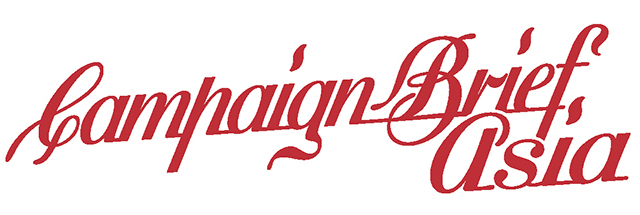Fairfax Media’s Adam Mather on how small screens can equal big opportunities for creative
 By Adam Mather, product director news and digital innovation, Fairfax Media Australia
By Adam Mather, product director news and digital innovation, Fairfax Media Australia
With smartphones now the most popular digital device for consumers – accounting for more online traffic than any other digital platform – it’s time to move beyond thinking of smartphone as an “optional extra” that exists as simply an extension of desktop campaigns.
Yes, smartphones are much smaller than other screens but that’s not the real challenge.
The challenge is understanding how to develop a campaign that works specifically with a smaller screen in mind. The answer isn’t to shrink creative designed for a desktop screen and whack it onto smartphones.
When you do, the result is that you often end up with display formats and calls to action that are so small, they fail to create enough impact to drive action.
So how can advertisers optimise the smaller screen to effectively reach and engage their target audience?
Well, first, it’s important to remember that its small size is exactly what gives smartphones their main advantage over other media: a device that is so portable and personal that it can engage audiences at any time during the day, no matter where they are.
And what smartphones lack in size, they more than make up for in interactivity through native functions such as the touchscreen, calendar, camera, mapping and location and proximity sensors.
Touch, for example, is an important but often underutilised opportunity to interact and engage with consumers. Creating executions, for example, that tie into gestures people ordinarily use on their smartphones, such as a swiping motion to open an ad, spinning a globe to display travel destinations, and click-to-call and add-to-calendar actions all encourage interactivity.
One of the more innovative examples of the use of touch was an Instant Scratchies campaign for Oz Lotto on our Mobile Network that involved rubbing the screen to reveal a hidden message.
Smartphone video offers marketers another important opportunity to tell their stories on the smaller screen, whether by viral video ads or multimedia content marketing campaigns.
Watching and sharing videos has become one of the biggest consumer trends on smartphones during the past five years and will only continue to skyrocket, thanks to social media and ever-increasing smartphone broadband speeds.
Another smartphone trend and major area of growth for us has been in smartphone content marketing, particularly native advertising.
There’s a misconception that consumers only want to “snack” on content on smartphones but our own research and advertiser campaigns show that readers are just as likely to engage in longer-form content as they are in short-form reads.
One of our smartphone audience studies conducted late last year found that four in 10 Fairfax readers consume in-depth news analysis while three in 10 readers consume lighter or short news content.
At Fairfax, while rich media ads make up 50 per cent of smartphone executions, native smartphone advertising is quickly catching up and now accounts for about 40 per cent, with our campaigns for the Singapore Tourism Board and Tourism New Zealand highlighting the possibilities for branding and native content engagement on the smaller screen.
So the digital advertising toolbox is going beyond just smartphone display ads into smartphone content marketing.
When it comes to smartphone advertising, another advantage is the ability for an advertiser to stand out in an uncluttered environment.
Unlike desktop, smartphone ads are presented in a single flow or column, which means there are very few ads on a smartphone screen compared to the distracting flurry of desktop activity.
It means your brand is not usually competing with other brands on the same screen, so when you do place an ad, you can make it big, highly creative and aesthetically strong.
In other words, smartphone advertising allows your brand and message to cut through because it is much less crowded – both in terms of the number of advertisers and also the physical space of the screen, which you essentially own.
A smartphone campaign is only ever as effective as its ability to optimise the distinct advantages of a smaller screen size. Fortunately, more and more advertisers are requesting smartphone-specific creative, including an online betting client that wants a smartphone-only activation during the AFL Grand Final.
Our team’s Mobile Creative Unit is producing full-service campaigns for advertisers who recognise that smartphone advertising deserves its own budget and media strategy.
Like an increasing number of advertisers, our clients are starting to see the smaller smartphone screen as less of a challenge (and poor cousin to desktop) and more as a platform that offers unique and creative opportunities for consumer engagement.
Mather is the product director of Fairfax Media’s Digital Innovation Services (DIS). The DIS team develops full-service, custom rich media campaigns and native content across all digital platforms.
